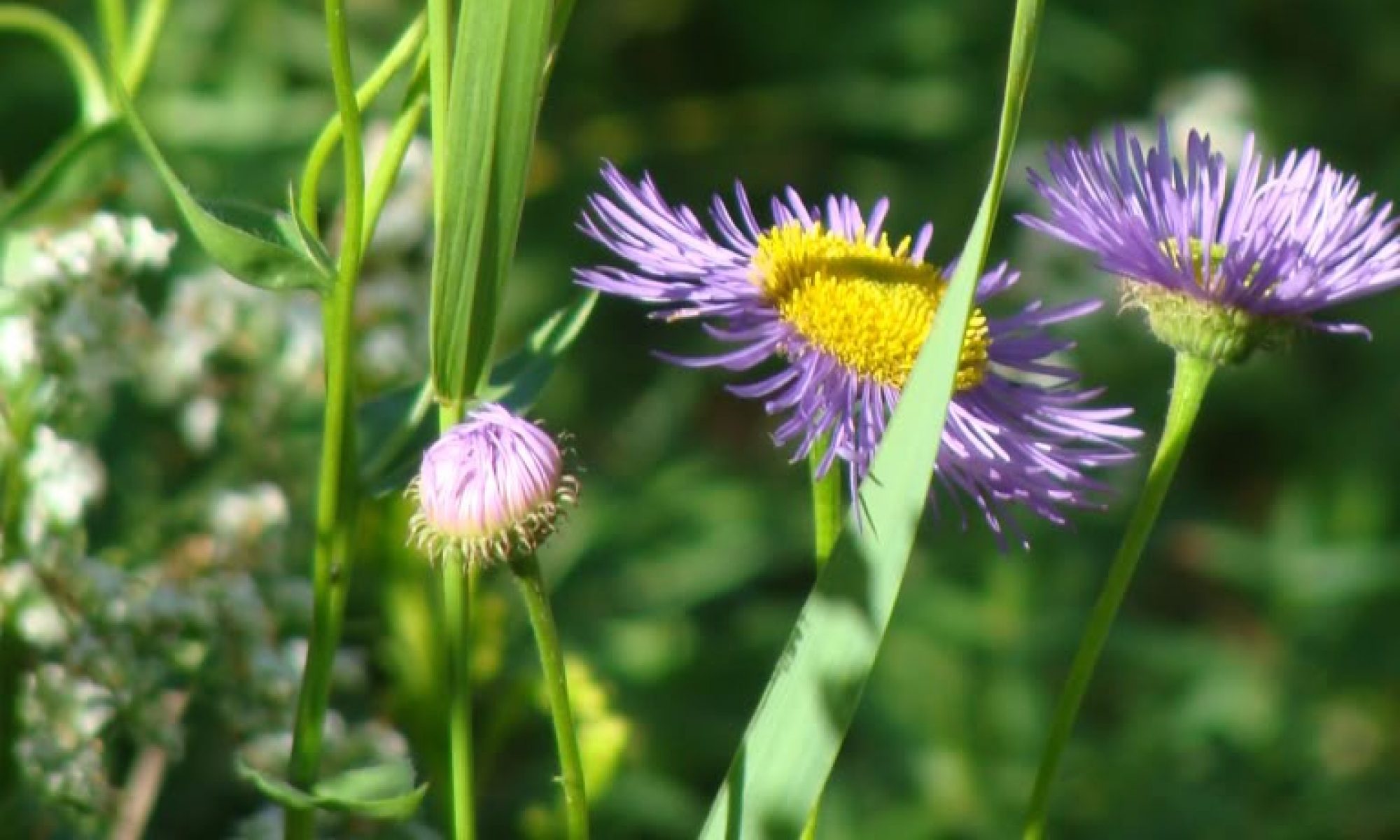A Way to Garden is an interesting website and podcast hosted by Margaret Roach. Increasingly, Margaret focuses on ecologically friendly gardening. She is a moth fanatic, among other admirable traits, and she has had my hero Doug Tallamy on her podcast several times.
The podcast this week focuses on a new park, Brooklyn Bridge Park, in New York, and how native creatures are one of the main focuses of this beautiful space.
Find the podcast HERE.
In my own native plant garden, I planted about thirty Collomia grandiflora seedlings in front of the blue lyme grass starts near the front of the bed. I noticed the hundreds of camas bulbs I planted last autumn are now putting on a burst of growth and their flower buds are visible now, as well. Interestingly, the bulbs included a few variegated cultivars though I did not order those. I’m curious whether they will perennialize as well as the all-green type.



One of the ways I intend to increase native plants locally is for me to grow and give away locally native plants to neighbors and friends. Our friend Staci is restoring some land that her family owns near Swamp Creek in Kenmore, Washington. She was willing to give the Collomia seedlings a try in some land she recently cleared of Himalayan blackberries. I gave her about thirty of my seedlings and I also passed her eleven western red cedar saplings and a Douglas fir seedling that I had in pots–they had seeded themselves here in the yard or in the pots themselves. I’m excited that these natives will have an excellent home. Hopefully, the deer won’t find them too tasty in their new wild place.
It is exactly a year since my own native plant garden received its first phase of planting. Those plants are mostly doing very well.
The red-flowered currants have flowers, though they look more pink than red.


The tall Oregon grape is also blooming well.
The Dicentra are filling in nicely–such beautiful leaves. The flowers are almost unnecessary when the foliage has this much color and texture interest.

And best of all, one of the Trillium ovatum has resurfaced with not one, but two flowers!



The Douglas asters seem to be very happy in the native plant garden–they are spreading far and wide. I have left the old stems on them from last year. That sounds so easy, yet it is just so tempting to tidy things up and remove those tall, dead stems. I wonder when humans formed their idea of what garden beauty is and how long it will take to “fix” it so we are all comfortable with the messes, tangles, and debris that foster excellent ecological health and diversity.

On the native plant seedling front, I have a dozen or so more Aquilegia formosa seedling that have germinated and are ready for transplanting.
Maybe two dozen of the Lupinus polyphyllum seeds have germinated and are close to transplant-ready.

Dozens of the Douglas aster seedlings are up–they may get transplanted next weekend.

Some of the Puget Sound gumweed have germinated (Grindelia integrifolia), along with a very few Oregon sunshine (Eriophyllum lanatum). And best of all, finally, there are a few Solidago canadensis that have poked their heads up.



It looks like some other seeds are coming along, too, but too early to be sure they are what I think they are: Mahonia, Sambucus, Amelanchier, Frittilaria, Tolmiea, and Tellima.

I set up a trial plant giveaway along the sidewalk last weekend and it worked pretty well–I gave away a few of the extra Collomia grandiflora that way. I plan to do this frequently so plant geeks get used to looking for treasures there.







